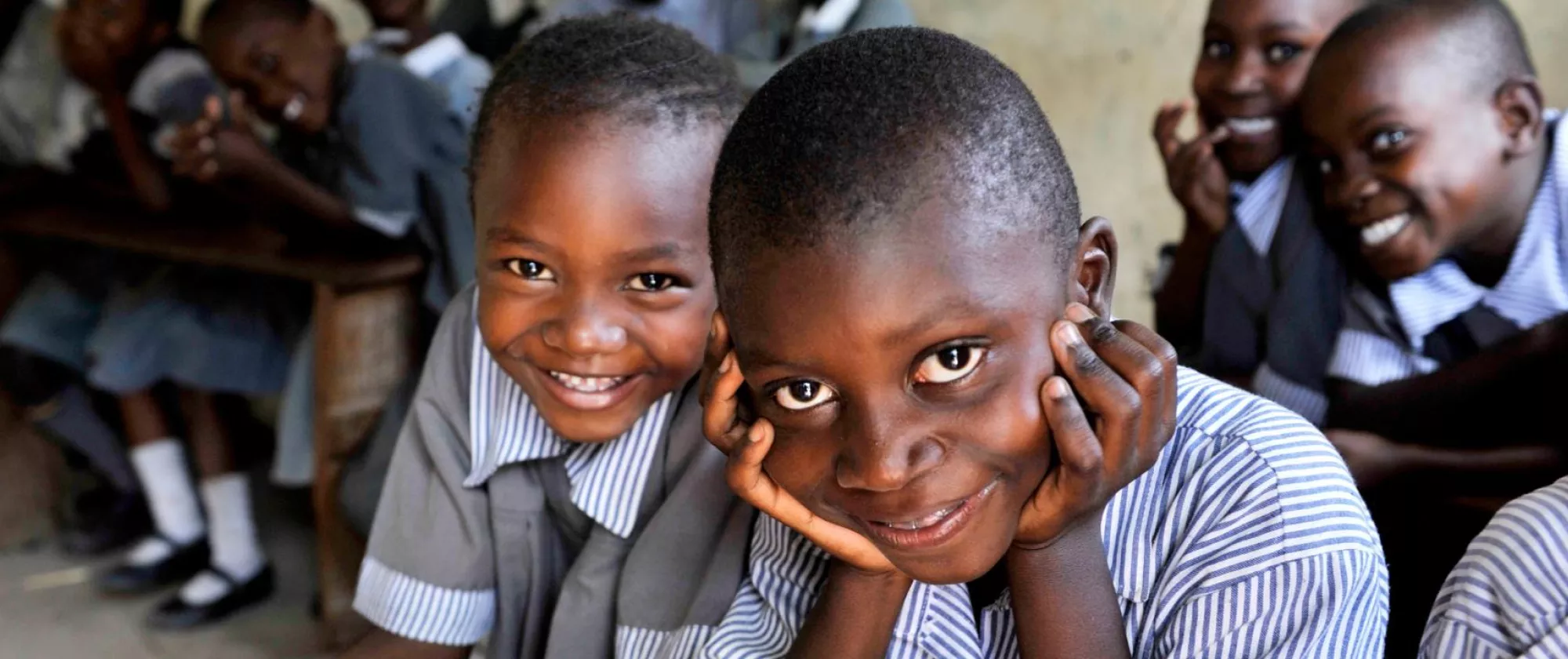
Topic portal
Child Labour
There are 138 million of children in child labour
Not all work performed by children is child labour. International standards define child labour as work that is hazardous to a child’s health and development, demands too many hours and/or is performed by children who are too young. Usually, child labour interferes with a child’s right to education and to play. This issue is at the core of the ILO mission.
Progress is clear, but there's more to do: let’s speed up efforts!
Every 12 June, the ILO joins forces with its constituents and partners around the world to commemorate the World Day Against Child Labour. This year’s theme reflects both the progress achieved and the urgency to intensify action to meet global target
Latest global estimates of child labour
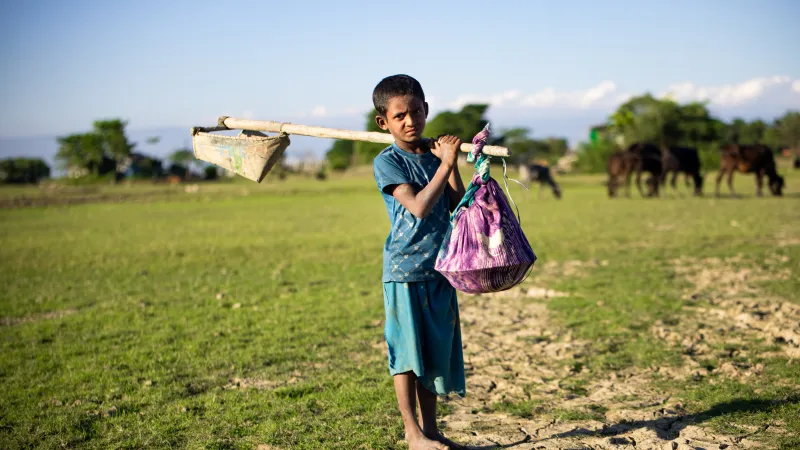
Child Labour: Global estimates 2024, trends and the road forward

This report underscores a stark reality that while gains have been made, millions of children are still being denied their right to learn, play, and simply be children.
News and stories
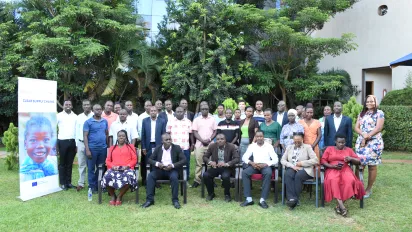
Building capacity to address child labour and occupational safety and health (OSH) in Uganda’s coffee value chain
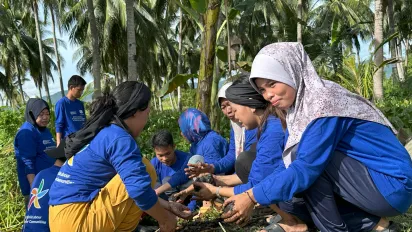
Child labour
Climate-resilient livelihoods to address child labour in Cotabato dumpsite
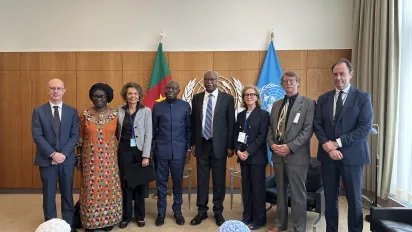
UN calls for faster action on child labour as world misses goal of ending the practice by 2025
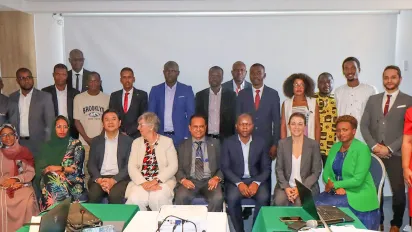
Better Data, Brighter Futures: Ghana's Child Labour Response
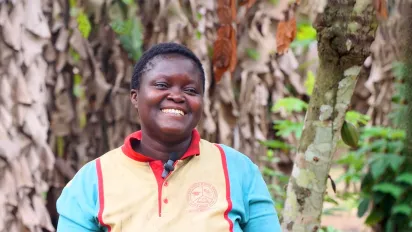
Our impact, their story
From struggle to strength: Mary's journey to end child labour

RISE for Impact
Empowering cotton communities in Uzbekistan: ILO workshop promotes fundamental principles and rights at work
Publications

Assessing national status vis-à-vis SDG Target 8.7
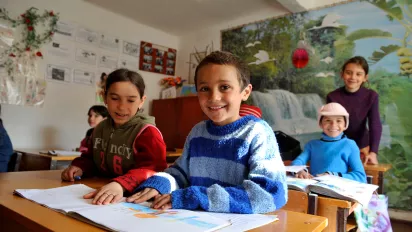
Framework for action on child labour 2023-2025
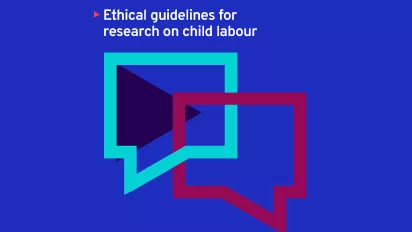
Ethical guidelines for research on child labour
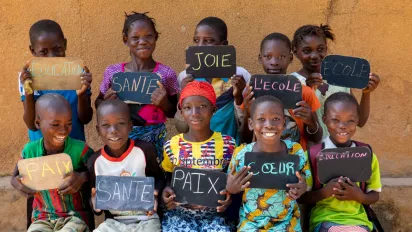
Meta-analysis of the effects of interventions on child labour
ILO IPEC+ Global Flagship Programme Implementation
eLearning tools and courses on child labour
For journalists
Reporting effectively on child labour
For researchers and university students
Data collection and research on child labour
ILO-FAO courses
Child labour and agriculture
Masterclass
End child labour - The masterclass paving the way forward
For Labour Inspectors and Child Labour Monitors
Understanding child labour and contributing to its elimination
Off-side project (Argentina)
Prevention and erradication of child labour in the agricultural sector in Argentina
My-PEC project (Myanmar)
E-learning Programme on Child Labour in Myanmar
My-PEC project (Myanmar)
Rights, responsibilities and representation for children, youth and families (3Rs) e-Learning
For companies
Checkpoints for eliminating and preventing child labour: A mobile application against child labour
Video playlist
Our impact, their voices
Projects
Child labour and supply chains
CLEAR Supply Chains
FPRW in Supply Chains
RISE for Impact in the cotton supply chains
Child labour and forced labour
Global Accelerator Lab (GALAB)
Child labour and supply chains
Accelerating action for the elimination of child labour in supply chains in Africa (ACCEL Africa)
Child labour
Myanmar Programme on the Elimination of Child Labour (My-PEC)
Child labour and forced labour
Capacity strengthening to address child labour, forced labour and work conditions in Sub-Saharan Africa (CAPSA)
Get involved!
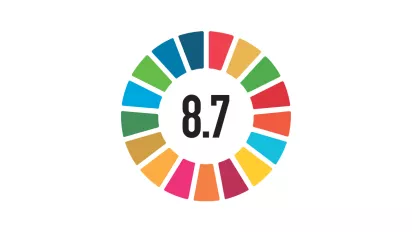
Alliance 8.7 Global Partnership
8.7 Accelerator Lab Initiative

Child Labour Platform (CLP)

Regional Initiative Latin America and the Caribbean Free of Child Labour
World Day Against Child Labour - 12 June
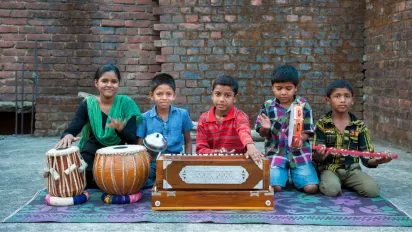
Music against Child Labour Initiative

Red Card to Child Labour!
International Labour Standards on child labour
One of the most effective methods of ensuring that children do not start working too young is to set the age at which children can legally be employed or otherwise work. The aim of ILO Convention No. 138 on the minimum age is the effective abolition of child labour by requiring countries to: (1) establish a minimum age for entry into work or employment; and (2) establish national policies for the elimination of child labour.
The Recommendation No. 146 which accompanies ILO Convention No. 138, stresses that national policies and plans should provide for: poverty alleviation and the promotion of decent jobs for adults, so that parents do not need to resort to child labour; free and compulsory education and provision of vocational training; extension of social security and systems for birth registration; and appropriate facilities for the protection of children, and adolescents who work. To achieve the elimination of child labour, laws setting minimum ages for work should be embedded in such comprehensive policy responses.
It is a non-binding document that does not require ratification.
ILO Convention No. 182 helped to focus the international spotlight on the urgency of action to eliminate as a priority, the worst forms of child labour without losing the long term goal of the effective elimination of all child labour. The Convention requires countries to take immediate, effective and time-bound measures to eliminate the worst forms of child labour as a matter of urgency.
ILO Convention No. 182 is the first ILO Convention to achieve universal ratification. It was also the most rapidly ratified Convention in the history of the ILO, with the majority of ratifications occurring within the first 3 years after it was adopted in 1999.
ILO Recommendation No. 190, which accompanies Convention No. 182, recommends that any definition of “hazardous work” should include: work which exposes children to physical, psychological or sexual abuse; work underground, underwater, at dangerous heights or in confined spaces; work with dangerous machinery, equipment and tools or carrying heavy loads; exposure to hazardous substances, agents or processes, or to temperatures, noise levels or vibrations damaging to health; work for long hours, night work, and unreasonable confinement to the premises of the employer.
It is a non-binding document that does not require ratification.